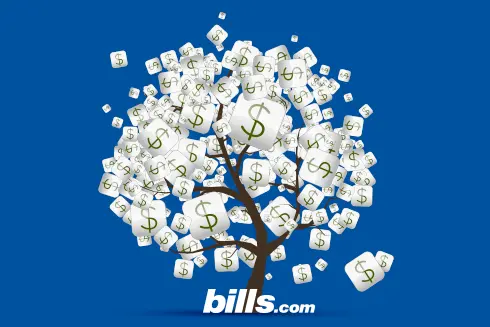Maryland Garnishment Rules

Get rid of your debt faster with debt relief
Choose your debt amount
Or speak to a debt consultant 844-731-0836
- Wage garnishment is legal in Maryland.
- Unemployment benefits may not be garnished except for narrow circumstances.
- Maryland follows the federal wage garnishment limits.
- Start your FREE debt assessment
What are the Maryland garnishment rules? Can the Comptroller of Maryland garnish my unemployment checks?
I have been paying back taxes for 4 years, but recently lost my job after 14 years. I receive Maryland unemployment benefits. Can the Comptroller of Maryland garnish my unemployment checks? I am leaving hand-to-mouth as is.
Wage garnishment is permitted under Maryland law. The District Court of Maryland offers an excellent document summarizing Maryland Wage Garnishment (PDF) rules.
Maryland follows the federal rules that limit the amount garnished to 25 percent of the debtor’s disposable income, or not less than an amount equal to 30 times the federal minimum hourly wage.
Unemployment benefits are not wages, and may not be garnished except for very narrow circumstances. These circumstances include child or spousal support, and generally not delinquent state taxes. However, that is the general rule, and Maryland may be an exception.
Call the Department of Labor, Licensing and Regulation Division of Unemployment Insurance and ask the customer service representative about the state tax authority’s ability to garnish unemployment benefits. Call again later and ask the same question to a different customer service representative. If the two answers match, then you have an fair answer to your question.
Unsure how to handle your debt? Let the Bills.com Debt Coach tool give you a customized report on your debt resolution options. It’s free!
More Information
See the Bills.com article Maryland Collection Laws to learn more about other remedies collection agents and original creditors can use to collect debts from Maryland residents. The Bills.com Wage Garnishment article explains the federal wage garnishment rules.
I hope this information helps you Find. Learn & Save.
Best,
Bill

Get rid of your debt faster with debt relief
Take the first step towards a debt-free life with personalized debt reduction strategies.
Choose your debt amount
Or speak to a debt consultant 844-731-0836